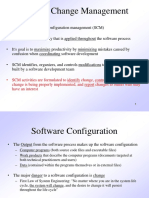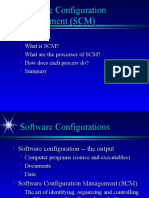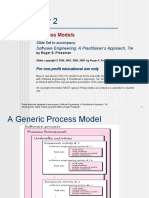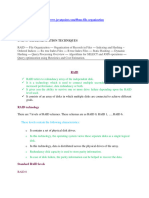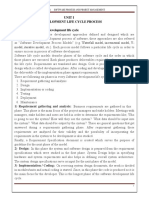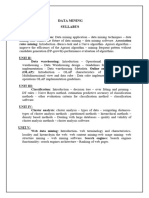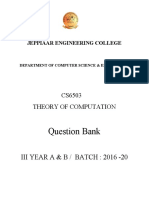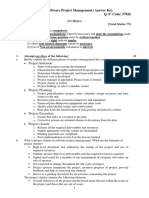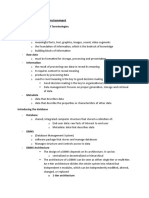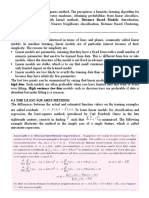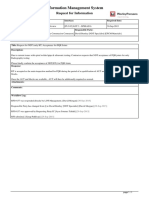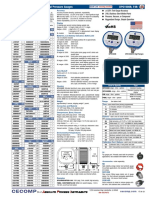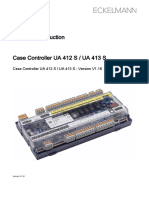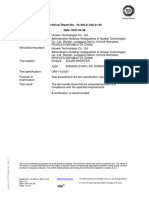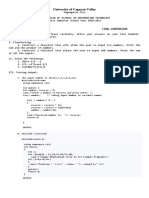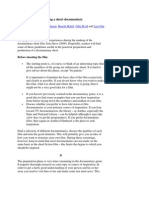0% found this document useful (0 votes)
717 views3 pagesSoftware Configuration Management
Software Configuration Management (SCM) is a process to systematically manage changes to software projects. It involves planning, version control, change control, configuration status accounting, and audits/reviews. Key roles include the configuration manager, developers, auditors, and project manager.
Uploaded by
Anuj KumarCopyright
© © All Rights Reserved
We take content rights seriously. If you suspect this is your content, claim it here.
Available Formats
Download as DOCX, PDF, TXT or read online on Scribd
0% found this document useful (0 votes)
717 views3 pagesSoftware Configuration Management
Software Configuration Management (SCM) is a process to systematically manage changes to software projects. It involves planning, version control, change control, configuration status accounting, and audits/reviews. Key roles include the configuration manager, developers, auditors, and project manager.
Uploaded by
Anuj KumarCopyright
© © All Rights Reserved
We take content rights seriously. If you suspect this is your content, claim it here.
Available Formats
Download as DOCX, PDF, TXT or read online on Scribd
/ 3

